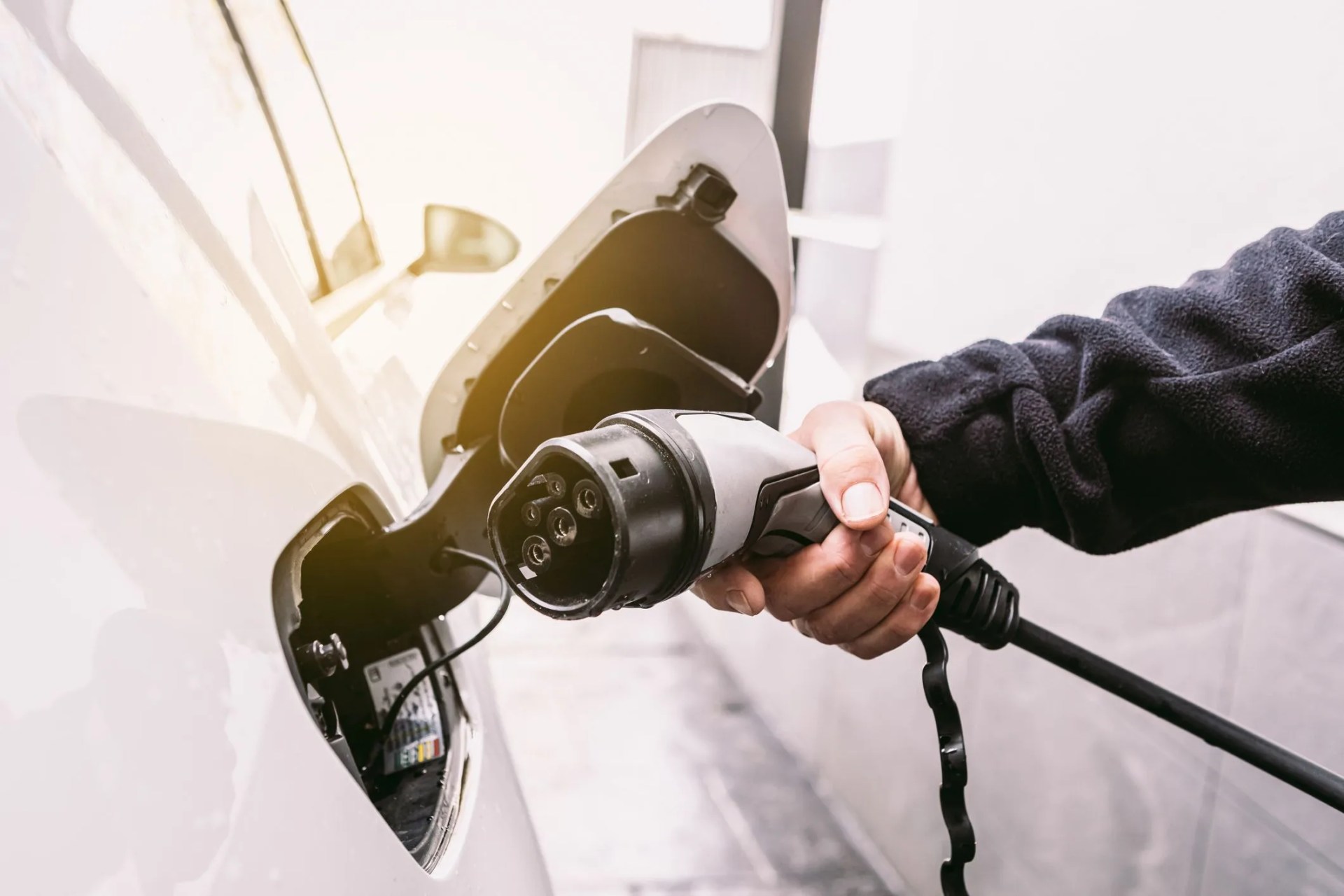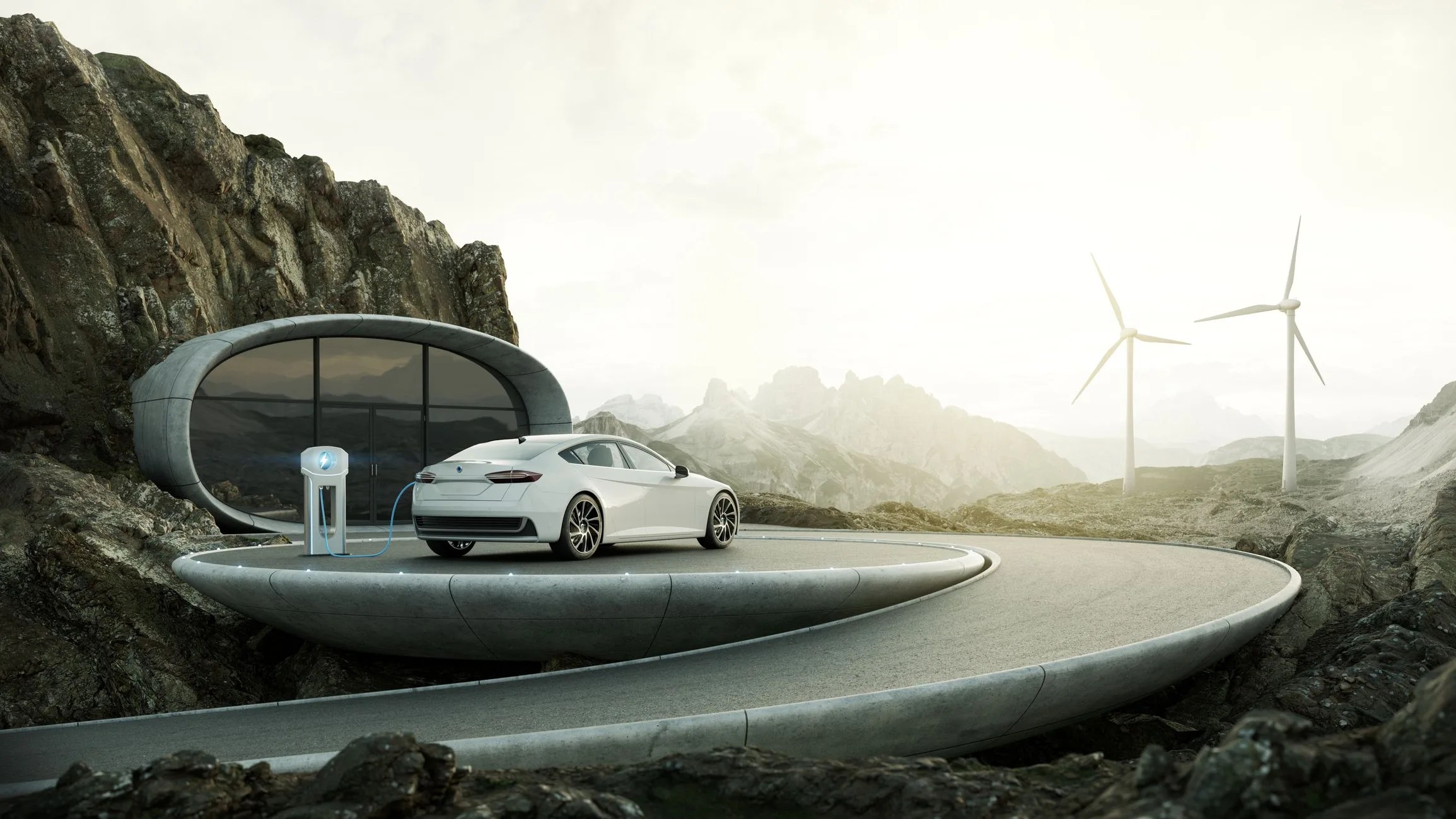Sure, you can hit the snow trails in the winter, but as the weather starts to warm up and the days get longer, we say it’s officially off-road season. Is there anything quite like navigating a rocky, challenging terrain in your beloved truck? We love a vintage Rangie or FJ as much as the next trail junkie but, though it feels somewhat counterintuitive, electric vehicles (EVs) often have an edge over gas and diesel rigs. So, this year might be the year to elevate your offroading experience with a next-gen 4×4.
Range
Range anxiety is, essentially, a worry of the past for electric vehicle owners. Most models today are capable of taking you to your favorite off-road trail and back. We’ve even suggested EVs will cut it as the new road trip car. Most leading EV products – including rigs that can tackle any trail internal combustion can manage – offer a range of at least 250 miles, and some achieve well into the 300s. (Plug-in hybrids are also an option in the off-roading space; battery-only ranges are often more than ample to tackle challenging terrain.)
Capability
 DBenitostock
DBenitostockTypical off-roaders are almost always gas-guzzlers, but on top of the fuel and emissions savings, EVs are almost universally as (if not more) capable than their ICE brethren. Off-roading requires reliable acceleration and a great deal of torque; EVs provide immense torque and linear power delivery, making them an excellent tool for any trail job. All- and four-wheel-drive systems in EVs are in most cases smarter (and thus more capable) than mechanical, gas-driven setups. This is because many EVs feature individual motors on each driven wheel, providing very precise power adjustment and traction control. Lastly, because there is no massive, monolithic gas engine to tip-toe around, EVs generally feature more usable ground clearance than old-school vehicles. Long story short: EV’s are just as capable off-road as ICE vehicles are, and they do it without making (much) noise at all. Sounds pretty ideal right?

